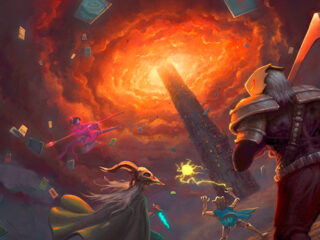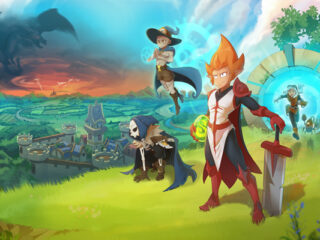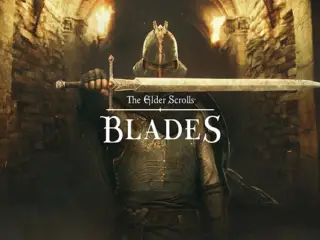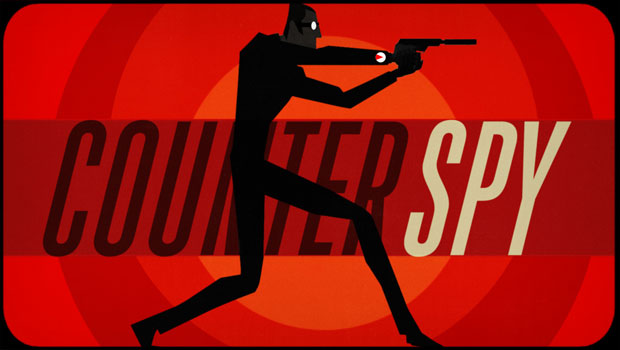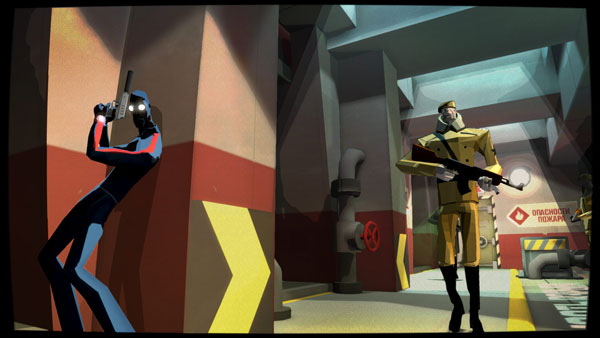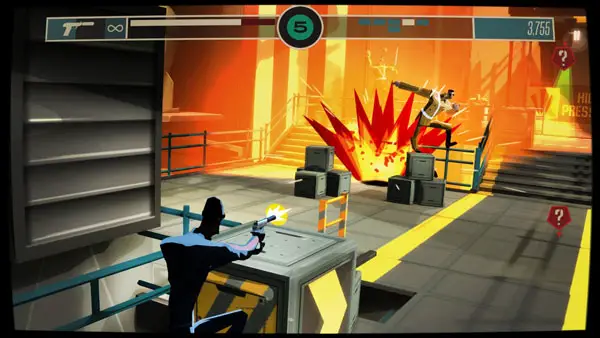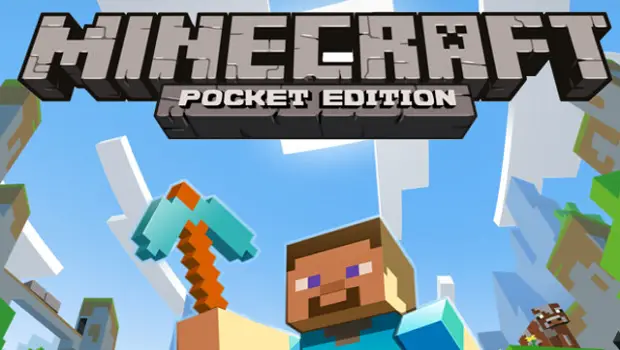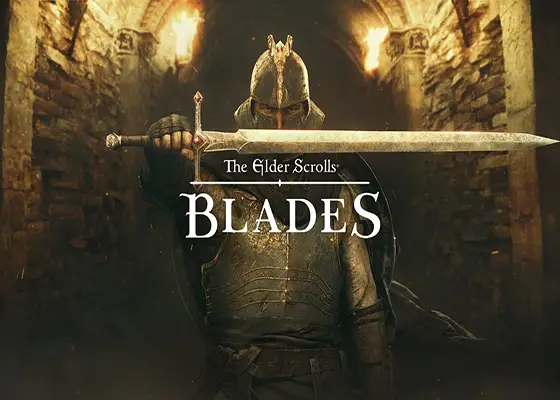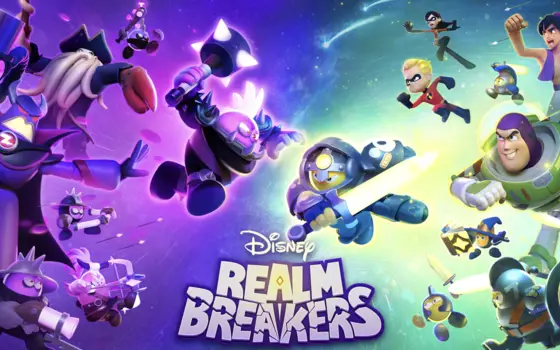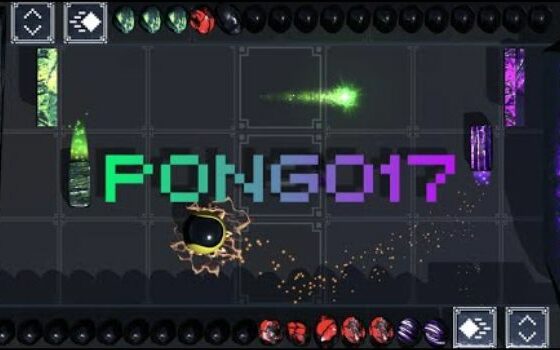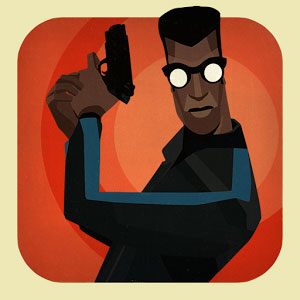 While Nintendo and Microsoft coldly ignore the growing potential of mobile to boost their gaming brands, Sony has been leading the charge to use the platform to bolster the PlayStation name. Previously, this largely meant goofy casual titles featuring their popular franchises like Ratchet & Clank or Little Big Planet, but CounterSpy is something different entirely. Although it’s billed as a companion app, and even links to its console counterpart, it’s actually startlingly close to a straight-up port – albeit slightly pared down – which is something unprecedented for a first-party console title, especially so soon after the home release.
While Nintendo and Microsoft coldly ignore the growing potential of mobile to boost their gaming brands, Sony has been leading the charge to use the platform to bolster the PlayStation name. Previously, this largely meant goofy casual titles featuring their popular franchises like Ratchet & Clank or Little Big Planet, but CounterSpy is something different entirely. Although it’s billed as a companion app, and even links to its console counterpart, it’s actually startlingly close to a straight-up port – albeit slightly pared down – which is something unprecedented for a first-party console title, especially so soon after the home release.
CounterSpy is not a big game, and this release only features one side of the two-sided campaign, but what it lacks in scope, it certainly makes up for in personality and fresh ideas. Set in a stylized version of the Cold War, it tells the story of a nameless double-agent, working against both sides. Although the two sides are clear, they’re simply called the Socialists and the Imperialists, exaggerated versions of their real-life counterparts. There isn’t a great deal of narrative, and certainly nothing approaching the satire its scenario seems to invite, but the imposing Soviet architecture and funky flat-shaded style are enough to lend a distinctive atmosphere.
This is principally a side-scrolling platformer, but with a few unique twists. You’ll navigate with swipe-and-tap controls, not unlike those in Another World. This takes some getting used to, but luckily there’s little need for precision jumping or pinpoint timing. Instead, this is a stealth game; one of considered movement, inching forward and scoping out the situation before plowing ahead. Although you move on a 2D plane, the stages have depth, with hallways (and enemies) behind your playfield.
CounterSpy’s big twist is that it allows you to duck behind certain pieces of cover to switch to an over-the-shoulder view, for some 3D cover-shooter fun. This allows you to see ahead and carefully pick off enemies, as well as clear out enemies in the background that you wouldn’t otherwise be able to reach. These shooter bits don’t turn the game into Gears of War, but they’re an interesting idea that is implemented well.
The campaign itself is rather scant. You play through a series of semi-procedurally generated stages (random selections of pre-defined rooms, with randomized object and enemy placement), collecting the enemy’s war plans in order to unlock a final, seventh stage. Every time you’re killed, spotted by a camera, or allow an enemy to call for back up, a DEFCON alert is raised one level. If it reaches the highest point, you’ll have to rush to the level’s end or be sent back to the beginning. This means going all the way back to the start of the game, which can be incredibly frustrating, even in a fairly short game, but it can also be avoided by closing the game before it has a chance to save.
CounterSpy is clever, stylish, and stands out as a true core game rather than a casual dumbing down of a console title, but there’s not a whole lot to give it staying power. You’ll beat the game in maybe an hour and a half, and it isn’t terribly difficult. Random elements make replay slightly more interesting, but there’s not a great deal of motivation or reward for doing so. Consider CounterSpy for what it is, a smart, original, but ultimately short-lived title that defies expectations of its genre and platform.
Hardcore Droid: Reviews of the Worst, Best Android Games And Everything In-Between
Hardcore?
Yup.
Although a bit leaner than its console cousin, CounterSpy does an excellent job of delivering all of the original’s visual flare and unique gameplay mechanics. It’s a shame there just isn’t more of it.


